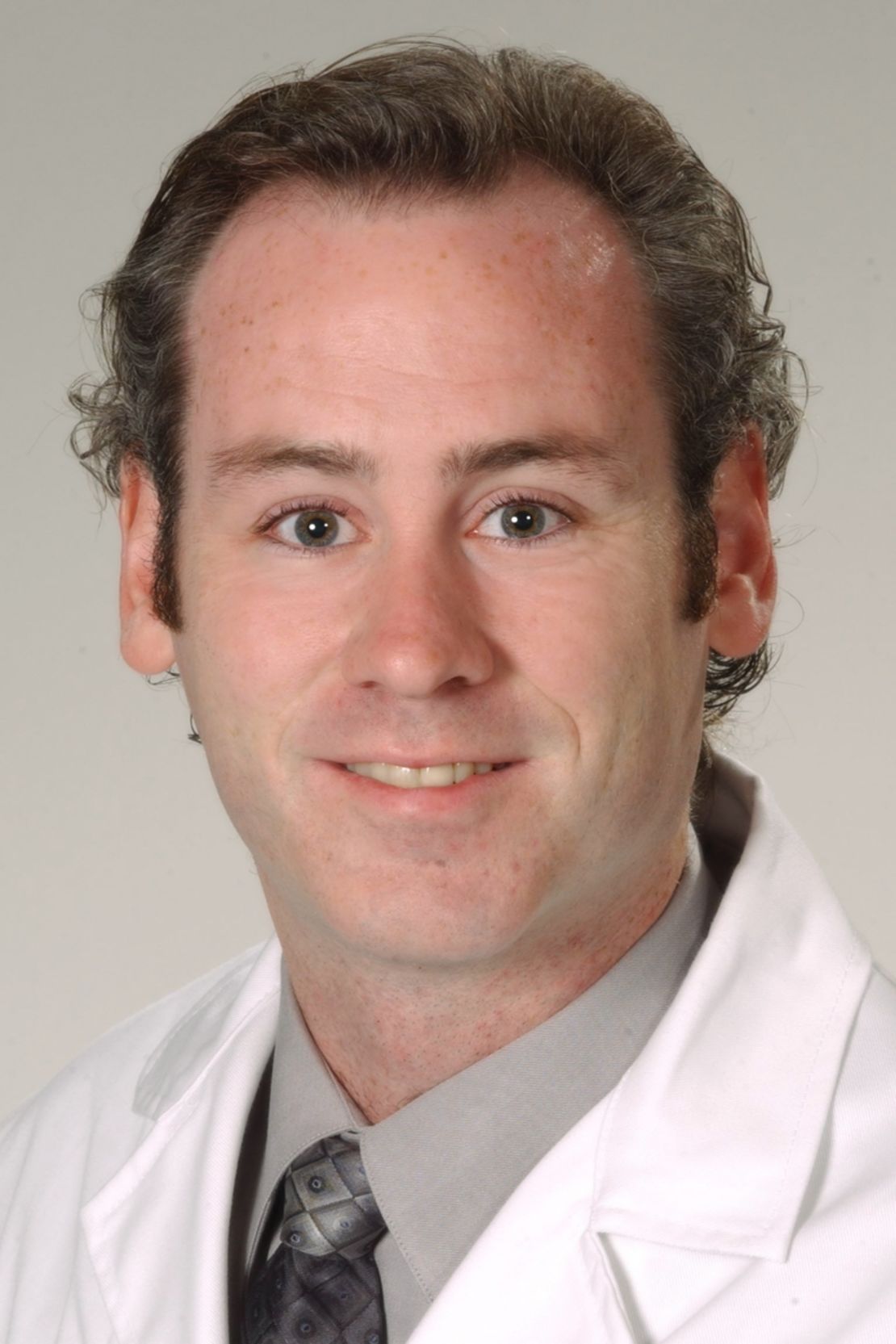Editor’s Note: Dr. John P. Reilly is editor-in-chief of secondscount.org, the patient education website of the Society of Cardiovascular Angiography and Interventions, which is focused on raising awareness of heart attacks and other cardiovascular diseases. Reilly is the program director for the Cardiology Fellowship Program at Ochsner Medical Center in New Orleans.
Story highlights
Immediate medical attention is crucial if you are having a heart attack
Symptoms of a heart attack may differ in women
After a heart attack, it's important to reflect upon your lifestyle
If you are one of the nearly 785,000 Americans who suffer a first heart attack this year, what you do in the first few minutes can determine an entire lifetime.
Unfortunately, many people do not know what symptoms to look for or what life-saving steps to take. To help make sense of it all, the following can help you or someone you know survive a heart attack:
Q: What are the top three things I should know about heart attacks?
A: When a heart attack strikes, seconds count.

Seek medical attention immediately. The longer your symptoms persist, the greater the amount of heart muscle damage you may suffer. The start of your symptoms is a signal that blood flow to your heart muscle has been blocked. The emergency department and interventional cardiologist or surgeon will move quickly to restore blood flow to your heart to prevent further damage.
Call 911 for an ambulance. Don’t drive yourself or have someone else drive you. During a heart attack, your heart rhythm can become abnormal or even stop.
Emergency medical providers can perform an electrocardiogram, or EKG, on the way to the hospital and confirm whether you are having a heart attack and treat your heart rhythm abnormalities if needed. They can also call the hospital in advance to prepare a medical team for your arrival so treatment can start immediately.
If available, chew one uncoated aspirin while waiting for the ambulance. This may help slow the formation of blood clots that can cause heart attacks.
Q: What are the common symptoms of heart attacks, and how do they differ between men and women?
A: We’ve all seen the scenario where the actor grabs his or her chest in agonizing pain and falls to the ground. A heart attack seems obvious, but in real life, it’s not always that clear.
Heart attack symptoms can vary and don’t always involve debilitating chest pain. Many patients say their symptoms were not painful but more like an ache or discomfort. Symptoms may start with a dull pain in the chest or disguise themselves as indigestion, nausea, shortness of breath or heartburn. Other common symptoms include arm, neck, jaw, back or upper stomach discomfort, dizziness, change in heart rhythm and sudden cold sweats.
But these symptoms may differ for your wife, mother or sister because women do not always experience the same heart attack symptoms as men. Symptoms may be subtle and difficult to identify and may not even include chest pain.
While this does not mean women cannot have chest pain, other symptoms that may signal a heart attack for women include sudden weakness and fatigue, body aches or flu-like symptoms. Heart disease is the leading cause of death for women, so it’s important that you don’t ignore these symptoms, regardless of how subtle they are.
Q: What are my heart attack treatment options?
A: There are various treatment options available when you’re having a heart attack. The most effective treatment is angioplasty and stenting. In some cases, clot-busting medication is administered intravenously. In rare and severe cases, emergency coronary artery bypass grafting is needed.
Angioplasty is a minimally invasive, nonsurgical procedure that opens the blocked artery. During the procedure, a small mesh tube called a stent may be placed in the artery to restore blood flow and scaffold the vessel open.
Clot-busting medications melt away the blood clot that is blocking the artery. Coronary artery bypass grafting is open-heart surgery where a healthy artery or vein from elsewhere in the body is connected upstream and downstream from the heart artery blockage, bypassing the blockage and creating a new path for blood flow.
Fortunately, medical technology has advanced tremendously in recent years, and many patients can return home and back to their normal – if not better – quality of life within days of treatment.
Q: What should I do following my heart attack?
A: Experiencing a heart attack is a life-changing event and an important time to reflect upon your current lifestyle.
Cardiac rehabilitation benefits many patients by helping them resume a healthy lifestyle following their heart attack. You’ll also be taking medication regularly. Adhering to your medical therapy and scheduling consistent follow-up visits with your cardiologist and primary care doctor are both beneficial habits to adopt.
In addition, it’s important to become your heart’s No. 1 health advocate. Assess your current lifestyle and see where you can make improvements. Can you eat healthier and exercise more, reduce your stress levels or quit smoking? These changes will greatly increase your odds of fighting off future heart attacks.





